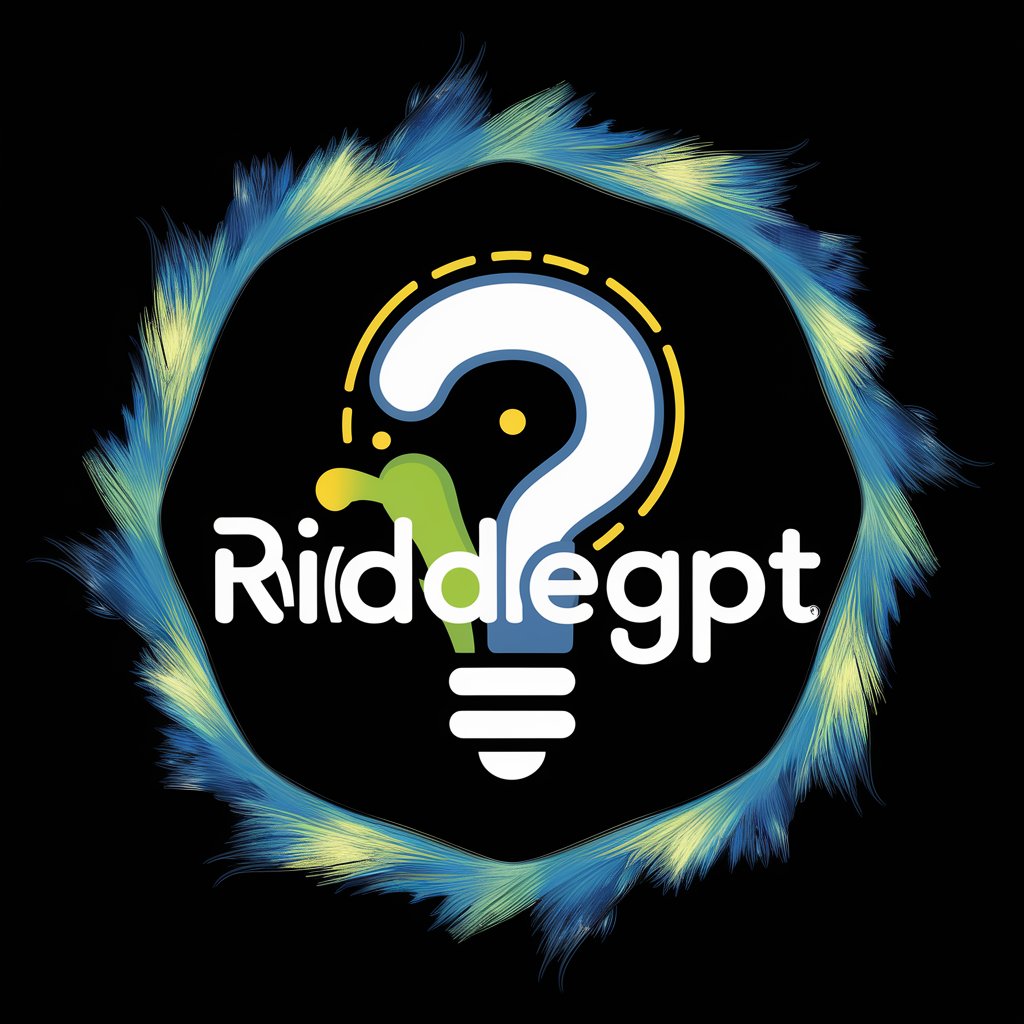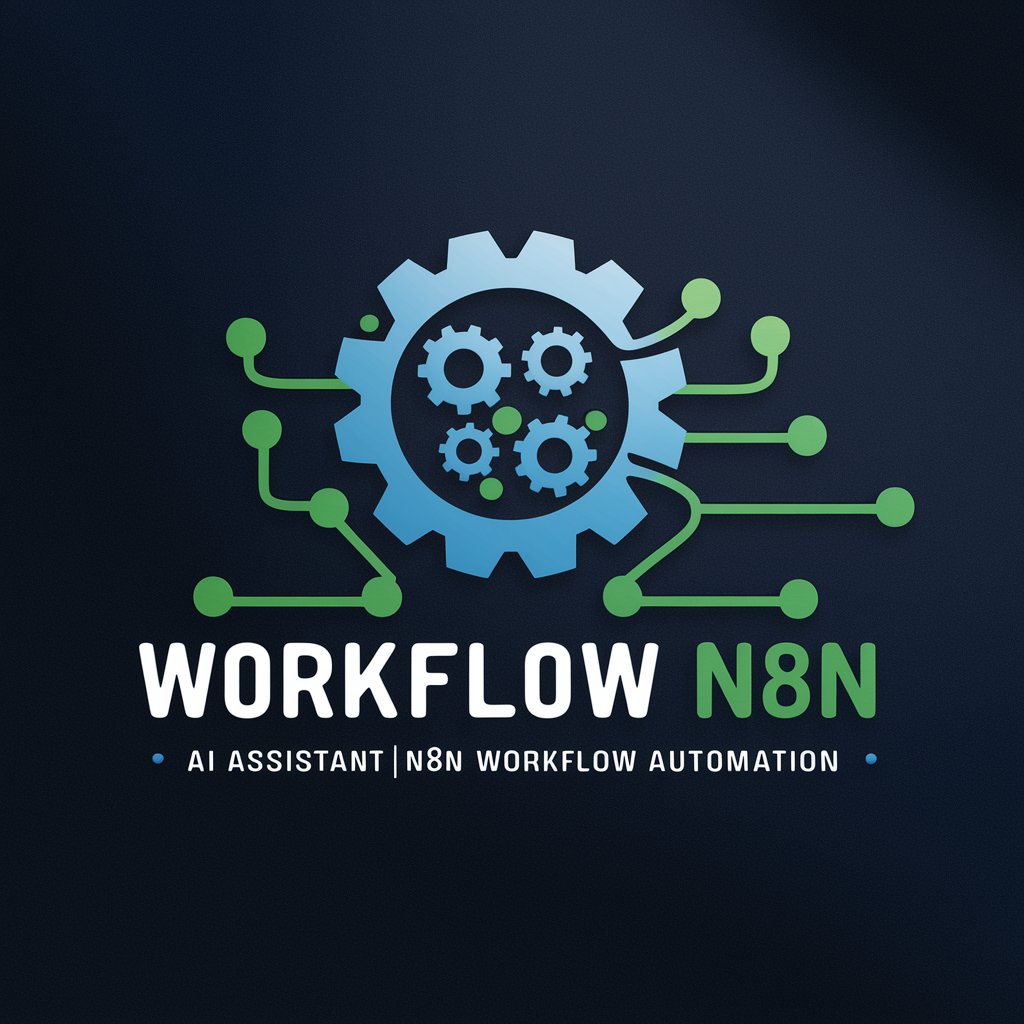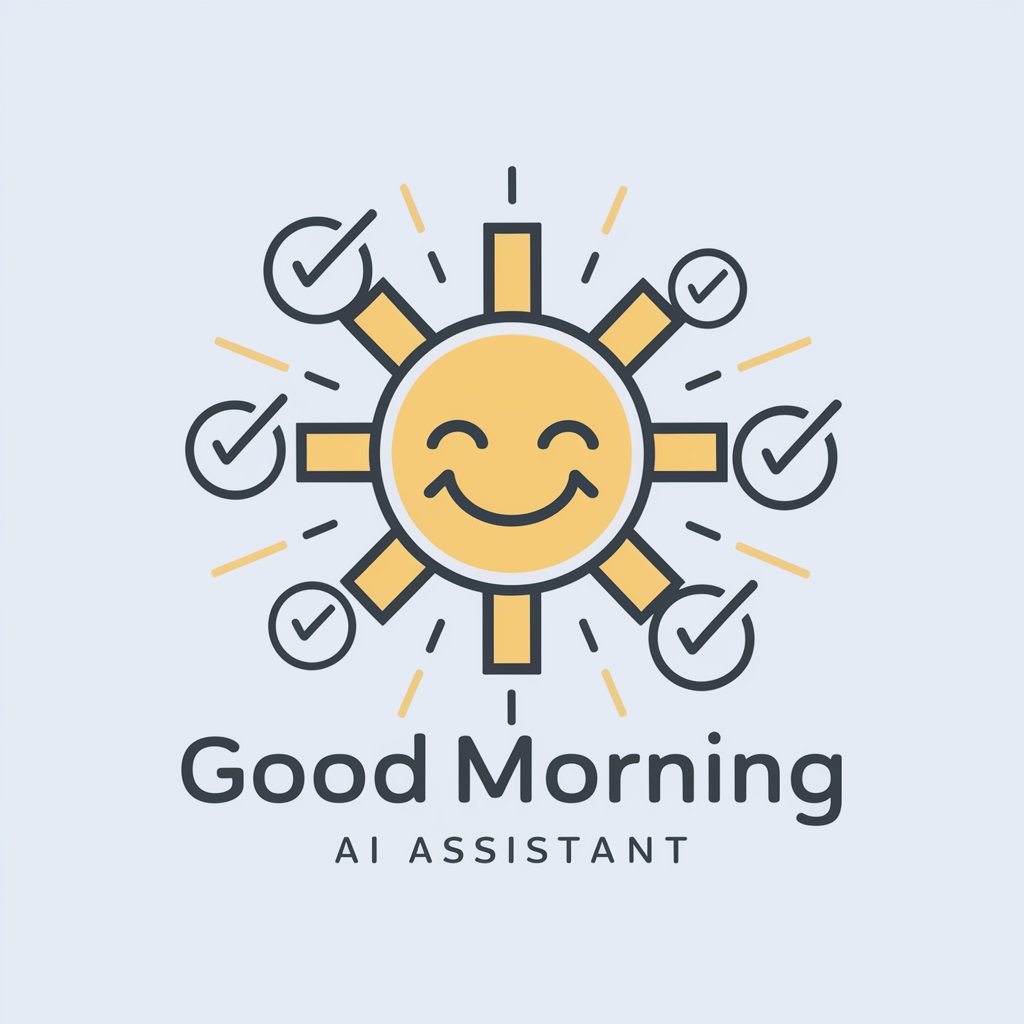AI Act - AI Act Compliance Guide

Hello, I am your AI legal assistant for the European AI Act.
Navigating AI Ethics with Precision
Design a modern logo for an AI legal expert...
Create a professional logo for a legal assistant focused on AI regulations...
Illustrate a sophisticated logo combining AI and legal elements...
Generate a logo that conveys trust and expertise in AI law...
Get Embed Code
Overview of the AI Act
The European Union's Artificial Intelligence Act (AI Act) represents a pioneering legal framework specifically designed to govern the development, deployment, and use of Artificial Intelligence (AI) systems within the EU. Its primary aim is to ensure that AI technologies are safe, respect EU laws, fundamental rights, and values. A key aspect of the AI Act is its risk-based approach, categorizing AI systems based on the level of risk they pose and tailoring regulatory requirements accordingly. For instance, 'high-risk' AI systems, like those used in critical infrastructures or employment, are subject to stringent compliance requirements, whereas AI applications with minimal risk have fewer regulatory constraints. The Act also delineates prohibited AI practices deemed too harmful, such as AI that manipulates human behavior or uses 'real-time' remote biometric identification in public spaces for law enforcement, barring specific exceptions. Powered by ChatGPT-4o。

Functions of the AI Act
Risk Assessment and Categorization
Example
Biometric Identification Systems
Scenario
In a scenario where a biometric identification system is deployed in an airport for security screening, the AI Act mandates a thorough assessment of risks associated with privacy and data protection. The system would fall under 'high-risk' due to its potential impact on fundamental rights, necessitating stringent compliance with data governance, transparency, and accuracy requirements.
Prohibition of Certain AI Practices
Example
Social Scoring Systems
Scenario
Consider a social scoring system deployed by a government to evaluate citizens' social behavior, influencing access to services or benefits. The AI Act strictly prohibits such systems as they pose significant threats to individual freedoms and democratic values.
Transparency and Data Governance Requirements
Example
AI in Healthcare Diagnostics
Scenario
An AI system designed for diagnosing diseases from medical imaging must adhere to transparency norms under the AI Act. It should provide clear documentation on its training data, algorithms, and decision-making processes, ensuring that healthcare professionals understand its functioning and limitations.
Target User Groups of the AI Act
AI System Developers and Providers
Companies and individuals involved in creating and supplying AI technologies are primary users. They benefit from the AI Act by understanding the legal framework they must operate within, ensuring their products are compliant and trustworthy.
Regulatory Bodies and Law Enforcement
Regulatory agencies and law enforcement authorities use the AI Act to evaluate and enforce compliance of AI systems with EU standards. This ensures public AI deployments are ethical and respect citizens' rights.
Consumers and General Public
EU citizens as end-users of AI benefit from the AI Act's focus on safety, ethical standards, and fundamental rights protection. It provides them with a framework to understand how AI impacts their daily lives and offers channels for redressal in case of rights infringement.

Guidelines for Using AI Act
1
Visit yeschat.ai for a free trial without login, also no need for ChatGPT Plus.
2
Select the appropriate AI Act category based on your specific needs, such as compliance, risk assessment, or innovation support.
3
Utilize the available tools and resources to understand AI Act regulations, including interactive guides and case studies.
4
Apply AI Act insights to your AI-driven projects or products to ensure compliance with EU standards.
5
Regularly update your knowledge and application of the AI Act, utilizing community forums and expert consultations for continuous learning.
Try other advanced and practical GPTs
plugin surf
surf the AI plugin wave

SwiftGPT
Master Swift with AI-Powered Precision

Mixologist
Craft the perfect drink with AI

RiddleGPT
Unravel Mysteries with AI

Buffett Wisdom
Empowering Your Investment Journey with AI and Buffett's Wisdom

Spirit Animal Discovery
Discover Your Inner Animal, Artistically.

AI Advies op maat
Empowering Businesses with Tailored AI Solutions

Workflow n8n
Powering Automation with AI Efficiency

NoFap Companion
Empowering Your NoFap Journey with AI

Good Morning
Empower Your Mornings with AI

ReligionsGPT
AI-powered Religious Text Interpreter

CN Game Scout
Unlock the world of Chinese gaming with AI-driven insights.

AI Act Q&A
What is the primary purpose of the AI Act?
The AI Act aims to regulate AI system deployment in the EU, ensuring they're safe, respect fundamental rights, and uphold values and democracy.
How does the AI Act classify AI systems?
AI systems are classified into risk categories: Unacceptable, High, Limited, and Minimal risks, each with tailored regulatory requirements.
Does the AI Act apply to non-EU countries?
Yes, the AI Act applies to any AI systems deployed in the EU, regardless of where the provider is based.
Are there penalties for non-compliance with the AI Act?
Yes, non-compliance can result in significant fines, based on the severity and nature of the infringement.
How does the AI Act impact innovation in AI?
While setting safety and ethical standards, the AI Act aims to foster AI innovation by providing a clear legal framework and supporting research and development.
